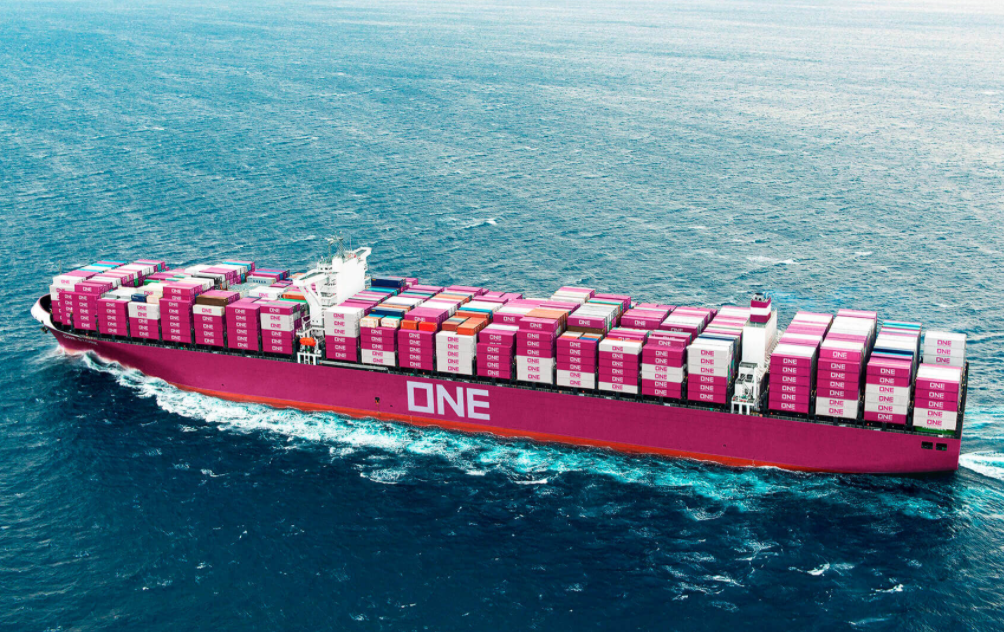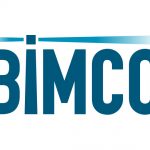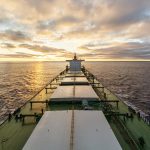The new buildings are planned to be built by the consortium of Imabari Shipbuilding and Japan Marine United Corporation, with delivery slated in 2023/2024.
“This new class of ships will join our core fleet and forms part of our ongoing strategy to introduce large, modern, and fuel-efficient vessels to further strengthen our fleet competitiveness,” ONE said.
Currently, the world’s largest ULCS have a maximum capacity of slightly below 24,000 TEU, while the six new ULCS will have a capacity exceeding 24,000 TEU.
The order shows that despite the impact of the pandemic the liner companies continue to have trust in the economies of scale by filling these giant ships with cargo.
ONE added that the new ships will have a significantly lower carbon footprint as they will feature a state-of-the-art hull design that aims to maximize cargo intake and minimize fuel consumption.
The vessels will be equipped with exhaust gas cleaning systems to meet the emissions regulations of IMO.
The Japanese liner major is revealing the order just one day after Hapag-Lloyd confirmed market rumors about ordering 23,500+ TEU containerships.
Namely, the German boxship owner has ordered six ultra-large container vessels from Korean shipyard Daewoo Shipbuilding & Marine Engineering (DSME).
The $ 1 billion investment will see the LNG-powered 23,500+ TEU vessels delivered to Hapag-Lloyd between April and December 2023.
December has seen an upsurge in ordering of new ships which was pretty dormant over the year due to the impact of COVID-19.
However, having weathered the storm, major liner heavyweights seem to have resumed with their fleet renewal plans especially having in mind that their business performance faired better than expected.
Capacity management and ordering discipline has been some of the key factors that helped container shipping majors to remain in the black. It remains to be seen whether these orders would be a one-off move or a sign of owners lowering their guard.
South Korean shipbuilders have secured a huge chunk of the latest ordering spree, with Korean Shipbuilding and Offshore Engineering(KSOE) reporting a massive inflow of ULCV, VLCC, and LNG carrier orders over the past couple of weeks.
Hence, this order comes as a major win for Japanese shipbuilders, which have been fighting hard to join forces and bolster their competitive edge against fierce competition from China and South Korea.
Source: Offshore Energy






